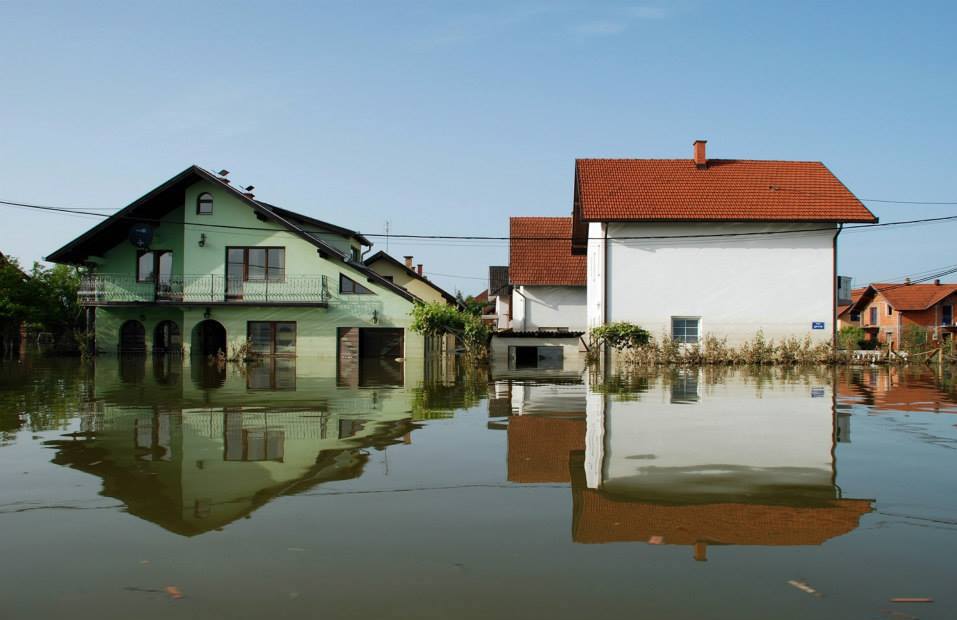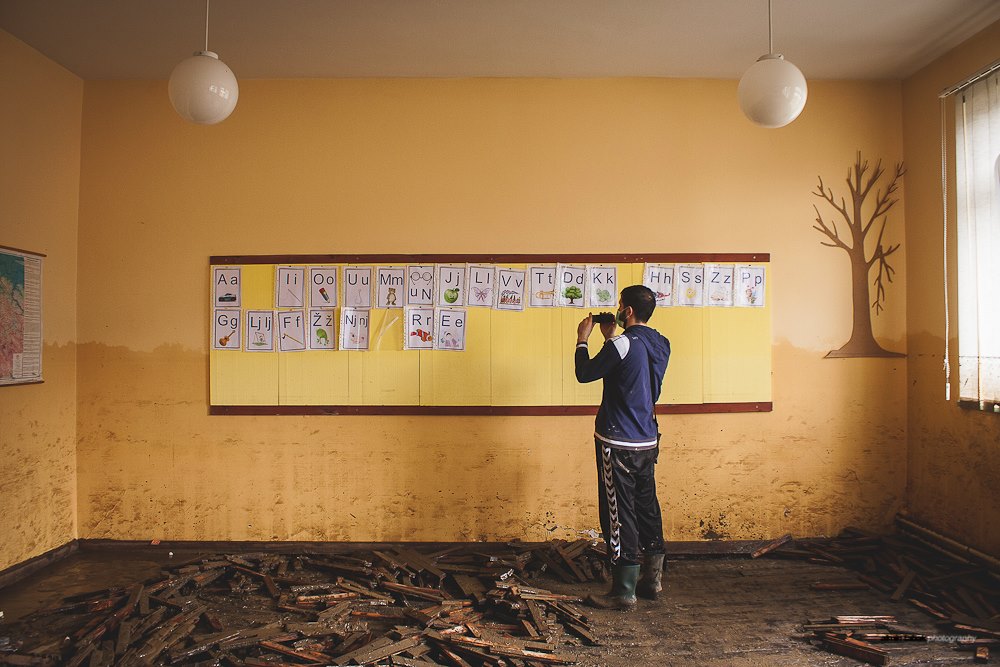Early warnings save lives and support long-term sustainability
October 12, 2022
Our perception of time moves differently in times of crises and uncertainty.
Disasters and economic shocks are a significant threat to human life and wellbeing, and the poorest segment of the population are more vulnerable because they are both highly sensitive to hazards and have limited capacities to cope with the consequences.
In these moments, when there is no time to lose, access to knowledge is priceless.
This is what early warning systems - complex processes aimed at reducing the impact of natural hazards by providing timely and relevant information in an integrated way - can deliver. And while they’re normally associated with emergency and risk reduction, they also play a role in achieving the 2030 Agenda for Sustainable Development.
Early warning is an important component of a number of the Sustainable Development Goals – such as food security, healthy lives, resilient cities and climate change - and often used in conflict and fragile settings as well. They are also considered an adaptive measure to climate change, increasing the resilience to natural disasters and climate-related risks and offering simultaneous support towards the SDGs. If effectively implemented, they save lives and jobs, land and infrastructure, and also support long-term sustainability.

While there is no definitive and unified ratio or quantifiable economic figure for precisely how much early warning systems could benefit a society, as this is very much context driven, earlier analysis measured their value in monetary terms through the ratio of benefits to costs. According to Teisberg & Weiher (2008), for instance, depending on the hazard type and on the overall response capacity of communities, early warning systems could bring investment returns up to 500:1 for flood-prone areas (e.g., Bangladesh), and 2500:1 for heat waves in densely populated urban areas (e.g., Philadelphia, USA).
Globally, weather related disasters have increased over the past 50 years, and it is estimated that by 2100 unmitigated climate change could reduce global GDP by over 20 percent.
Over 11,000 reported disasters were attributed to weather, climate and water extremes, with over 2 million deaths and US$3.64 trillion in losses.
But behind the stark statistics, improved multi-hazard early warning systems have resulted in significant reductions in mortality rates. While climate driven disasters increased by a factor of five over those 50 years, the number of deaths decreased by almost threefold, thanks to improvements in early warnings and disaster risk management systems.

There is no doubt that early warnings save lives. However, with population growth in risk prone areas and growing frequency, intensity and scale of weather events, more people will be exposed to various disaster risks. On top of that, certain urban dynamics – infrastructure development and gentrification processes are pushing poor people into less desirable unsafe or often hazardous locations, further exacerbating exposure to environmental risks. Therefore, we must consider these complexities in our operations while building local level resilience.
Countries of Europe and Central Asia, like rest of the world, face mounting losses from a range of natural hazards, from severe flooding to storms, droughts and earthquakes. These hazards know no borders, and their impacts cut across countries and varying sectors, from agriculture and water resources to public healthcare and energy.
It is therefore imperative to provide access to risk and data information and analysis, forecasting, and anticipating shocks and impacts, and foster decision intelligence so that decision-makers can make informed choices in a timely manner.
We’re already seen the benefits of early warning systems tested and proven in the region:
- In Armenia, we established a community-based early warning system in three cities and 22 communities, strengthening community resilience.
- In Bosnia and Herzegovina, technical practitioners developed further expertise on their flood early warning system. They are now able to work with hydro-meteorological and hydraulic modelling, assimilation of data, flood modelling and mapping, and forecasting of flood events in real time.
- In Georgia, UNDP-developed flood risk hazard maps at the Rioni river basin provided a better understanding of geographical distribution of flood risk, informing decisions on infrastructure investments, hazard evacuation and community outreach. Its success drew support for a nation-wide investment in multi-hazard mapping, risk profiling, hydrometeorological observation networks, national forecasting and early warning systems.
- In North Macedonia, GIS and satellite data mapping tools feed into the Forest Fire Information System, a web-based platform contributing to assessments of risks, hazards and response. Users can visualize hotspots of forest fires and get an overview of the spatial distribution of forest fire risk.
- In Uzbekistan, in the Aral Sea region, UNDP updated an existing drought early warning system enhancing its weather monitoring and climate modelling capacity. The system now enables better projections of water availability in different water basins in the country.
There are many other pilot interventions, some of which have led to more ambitious and large-scale practices in the region. In Georgia and Uzbekistan, for instance, we are working in close cooperation with the government to set national multi-hazard early warning systems. In the Western Balkans, we’re working on an integrated climate-resilient transboundary flood risk management system for the Drin River Basin.
We will soon start to work on fostering community-based multi-hazard early warning systems to reduce climate-induced risks and safeguard livelihoods in the Ferghana Valley. Let’s not forget that people are the last-mile actors in emergency situations. We need to make sure that communities are reached properly, they are involved and aware of early warning systems. Designing those systems in collaboration with communities and vulnerable groups can address individual needs so the response is risk informed, resilient and climate-proofed.
The International Day for Disaster Risk Reduction, today, promotes a global culture of disaster reduction, preparedness and risk management. This year’s theme stresses the importance of multi-hazard early warning systems, substantially increasing their availability of and access to people by 2030.
We’re at the halfway point - only 8 years left to achieve the Sustainable Development Goals. As the UN, we need to be more efficient in our operations, identifying integrated solutions that bring not only multiple benefits but also concrete results across various needs. For that to happen, smart and practical solutions remain vital. Because we don’t have the luxury of time anymore.

 Locations
Locations



